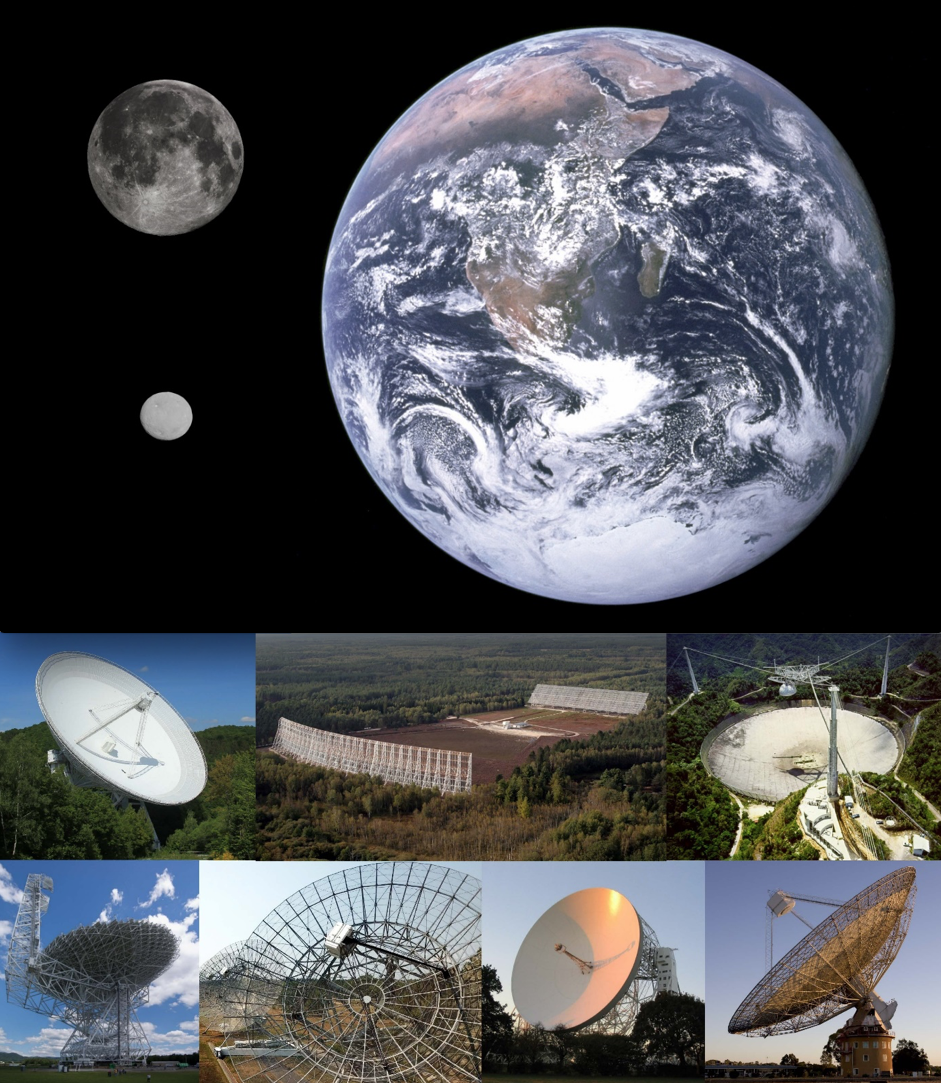Daily Image
05-11-2018Weighing planets and asteroids using pulsars
| Submitter: | Gemma Janssen |
| Description: | A team of scientists from the International Pulsar Timing Array consortium, led by researchers from the MPIfR Bonn, with contributions by pulsar astronomers from ASTRON, has used pulsar timing data to measure the masses of the dwarf-planet Ceres and other asteroids. The team has also measured the masses of the major planets of the solar system with much improved precision compared to a past study and demonstrated how pulsar timing data can be used to explore unknown massive objects orbiting the Sun. In pulsar timing, the centre of mass of the entire solar system is used as a reference point for highly accurate measurements of the times of arrival of the pulses. The work therefore needs a complete description for the solar system and the movement of all the bodies in it. This description is called a solar-system ephemeris and is created by planetary astronomers using several sources of data, including spacecraft fly-bys of the planets and moons. If the ephemeris uses an incorrect mass for any of the objects included, this would result in an offset in the location of the centre of mass and, in turn, periodic changes in the expected arrival time of pulses from pulsars. Using the latest published data by the International Pulsar Timing Array, including observations taken with the WSRT, this work gives an independent measurement of the masses of planets and asteroids in the solar system. The bottom figure shows the radio telescopes in the IPTA that were used for this study. For example, the mass of dwarf planet Ceres, was determined to be only 1.3% of the mass of the Moon (shown in the top image (Moon and Earth for scale). Although spacecraft fly-bys provide 3-100000 times more precise measurements for the different objects in our solar system, the results from pulsar timing will improve when longer data sets are available. This method gives a completely independent way of measuring the masses of objects in our solar system. Moreover, the data can be used to place upper limits on any unknown body in orbit around the Sun, like Planet Nine or even dark matter in the solar neighbourhood. https://academic.oup.com/mnras/article/481/4/5501/5113478 |
| Copyright: | Caballero/MPIfR/ASTRON/NASA/JPL/IPTA |
| Tweet |  |
